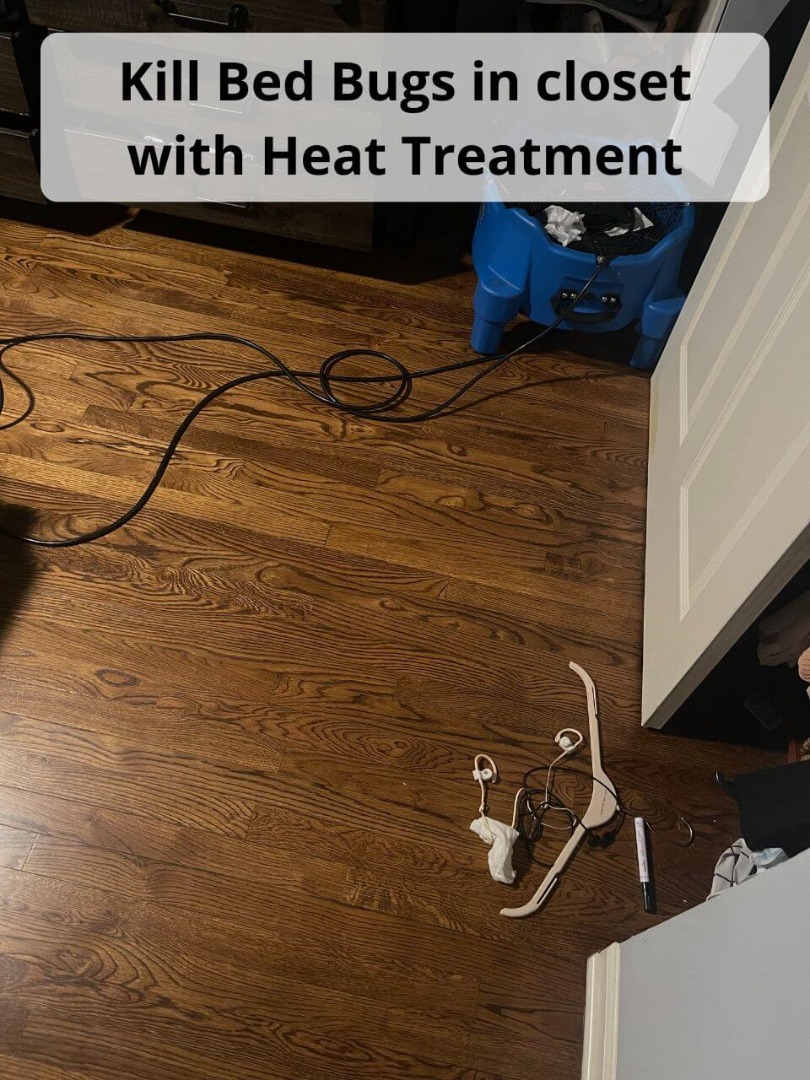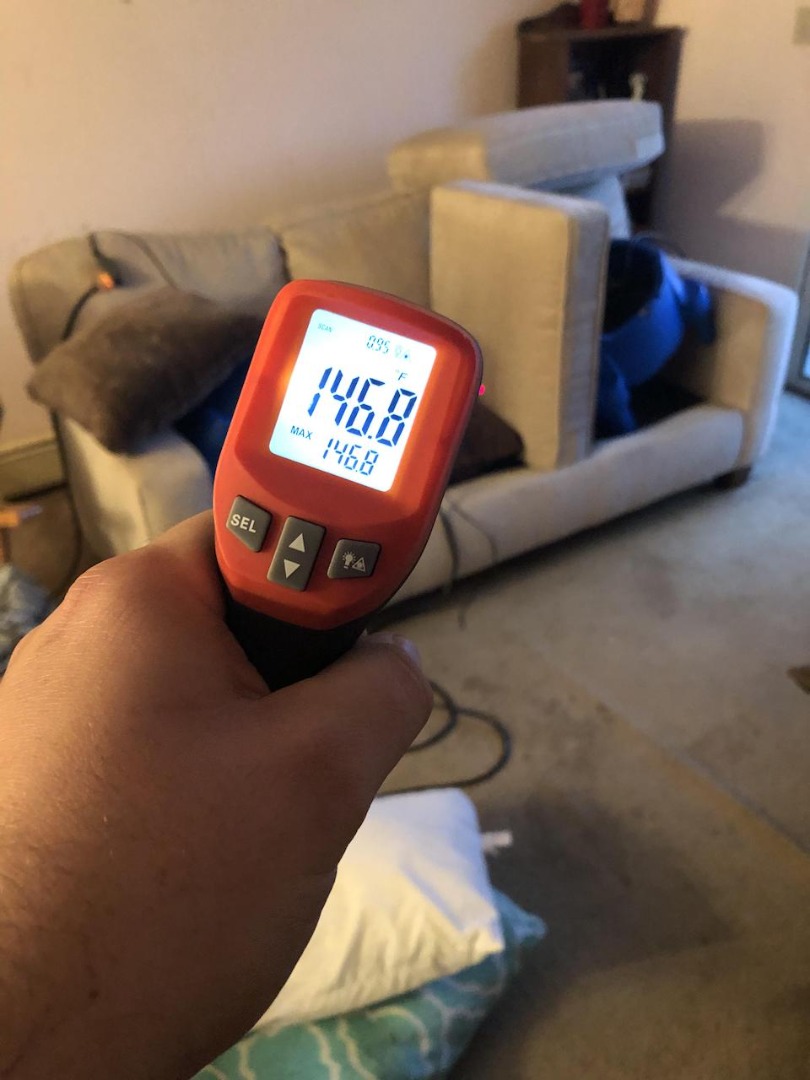
Thermal treatments for bedbugs are essential for efficiently getting rid of these persistent pests from your home in Loveland Park. Unlike the case with chemical treatments, heat treatments can get into all areas in which bedbugs happen to be hiding, which includes cracks, crevices, and furniture. Thermal treatments are also non-toxic, making them safe for households with children and pets. Furthermore, bedbug heat treatments are known to be very effective in killing all life stages of bedbugs, such as eggs, nymphs, and adults. This means that, a single treatment can eliminate the entire infestation, stopping re-infestation and decreasing the need for multiple treatments. In general, thermal treatments for bedbugs offer a fast, safe, and reliable solution to eliminate these pesky insects, offering homeowners with peace of mind and a comfortable, bedbug-free living environment in Loveland Park.
Eliminate Bed Bugs in Loveland Park Ohio
Proficient Application of State-of-the-Art Heat Treatment Technology: Bed Bugs Inc. stands as an industry expert, employing advanced heat treatment technology to eliminate bed bugs with precision and efficiency in Loveland Park. Our competence in implementing state-of-the-art equipment ensures a thorough solution to bed bug infestations.
Unmatched Expertise in Loveland Park OH: Supported by extensive knowledge of bed bug challenges specific to Loveland Park, our team of experts tailors solutions to address nuanced infestation patterns. The localized expertise we bring allows for a strategic and effective approach to eradicating bed bugs.
Committed to Proficient Eco-Friendly Practices: Bed Bugs Inc. is focused on being an authority in environmentally conscious bed bug solutions. Through our non-toxic heat treatment for bed bugs, we not only provide an expert resolution to bed bug issues in Loveland Park but also prioritize the well-being of our clients and the local environment. We take pride in our environmentally-friendly methods, ensuring efficient elimination of bed bugs while limiting footprint on the ecosystem.


